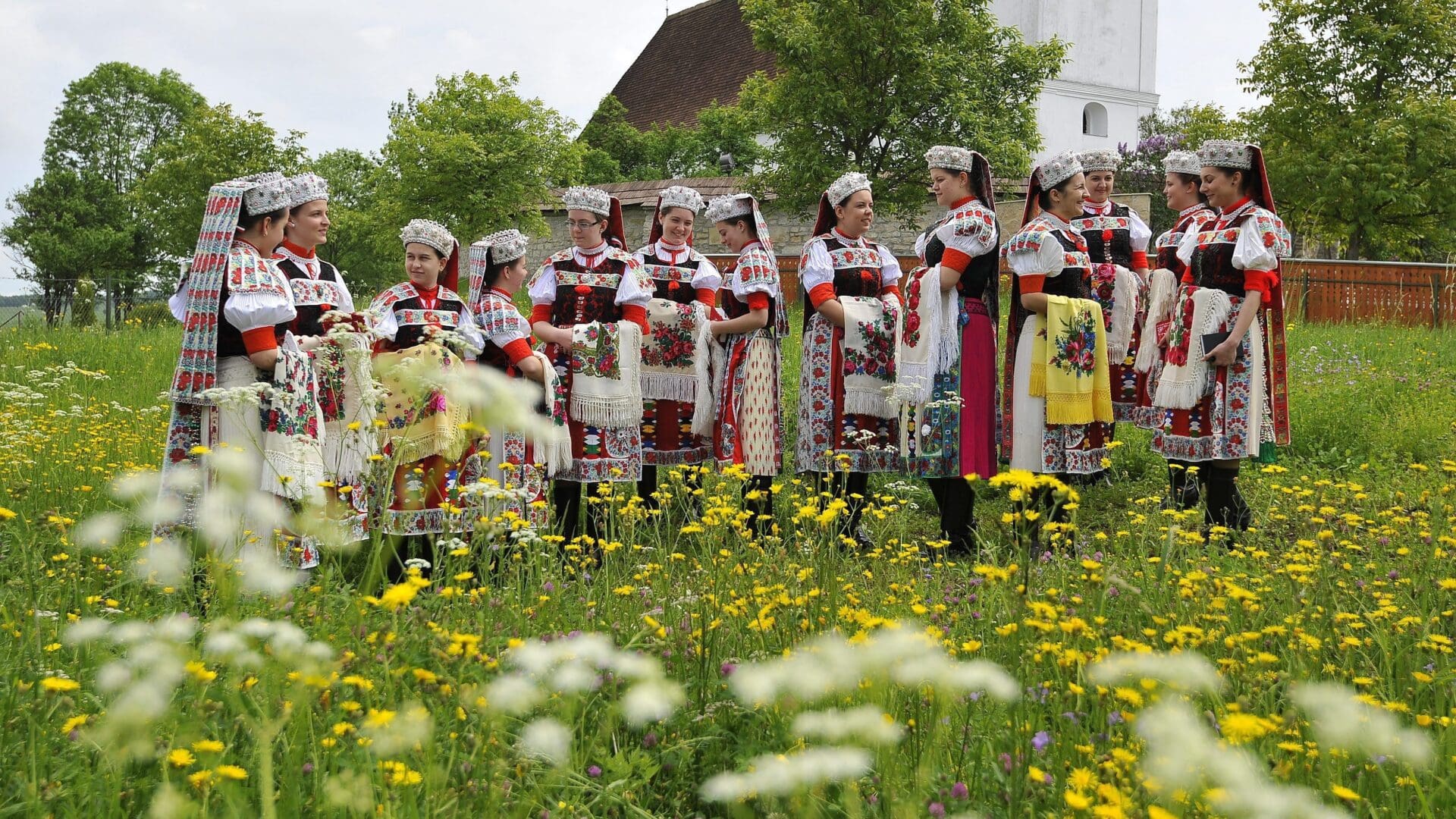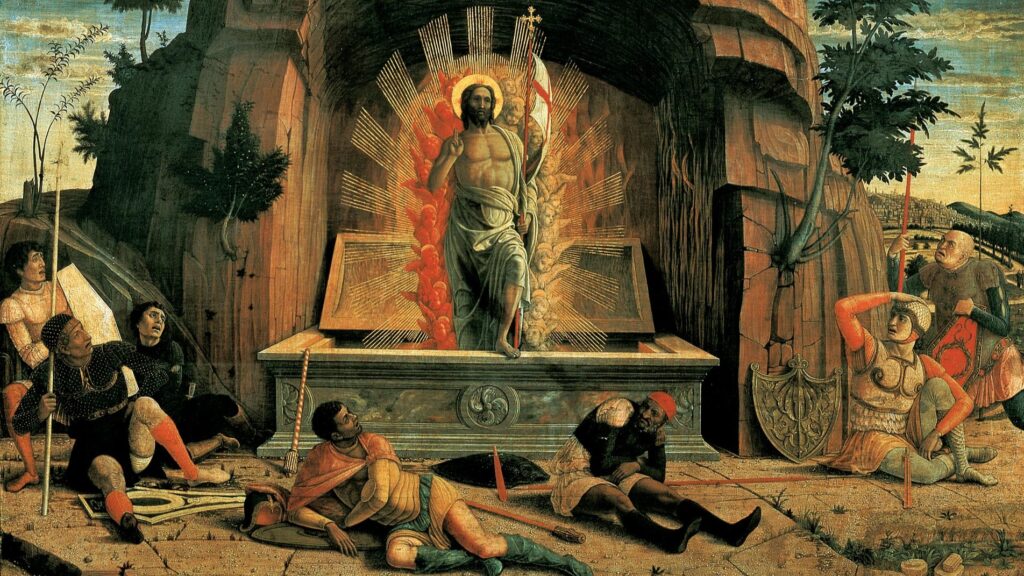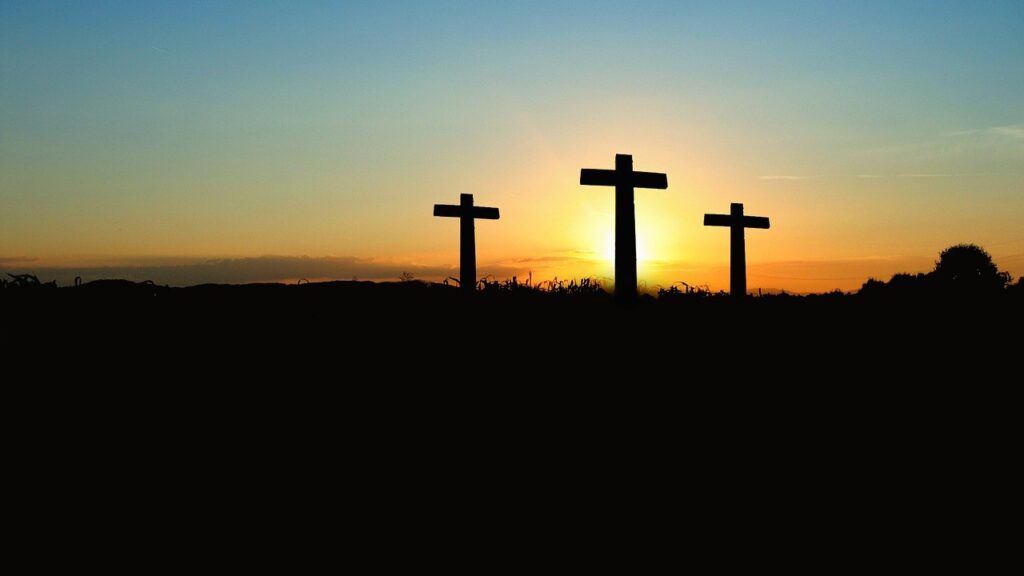Today is Pentecost Sunday, when the Christian world celebrates the founding of the Church. We wish our readers a blessed holiday by sharing an article on the Hungarian customs related to the feast penned by Orsolya Ferenczi-Bónis for our sister publication Magyar Krónika.
In addition to elements deriving from Christian teaching, Hungarian Pentecostal traditions have also preserved the ancient customs of folk beliefs mixed with pagan rites.
Pentecost is the celebration of the outpouring of the Holy Spirit. In the Gospel, we read that after Christ’s ascension, on the day of Pentecost, when the apostles gathered in a house, tongues of flame descended on them all in the midst of a violent roar of wind: they were filled with the Holy Spirit. The apostles then became able to speak in different languages, calling all peoples to conversion and baptism in their native languages. Pentecost is the celebration of the founding of the Christian Church: on that day alone, three thousand souls were converted, and the Lord has increased the number of believers continuously ever since.
The origin of the name Pentecost comes from the Greek word pentekostes, meaning fiftieth, since the above events took place on the fiftieth day after Easter. A moving holiday, it can fall anywhere from 10 May to 13 June. In many Hungarian settlements, saints’ days with processions and pilgrimages are traditionally held at Pentecost. One of the most important Hungarian Marian Shrines is the one in Csíksomlyó, Transylvania, which has been declared a Hungarikum, together with the Pentecost pilgrimage held there.
While many Hungarian Pentecost customs are rooted in the religious feast, there are also several traditions and rites that have been transposed from ancient Hungarian beliefs.
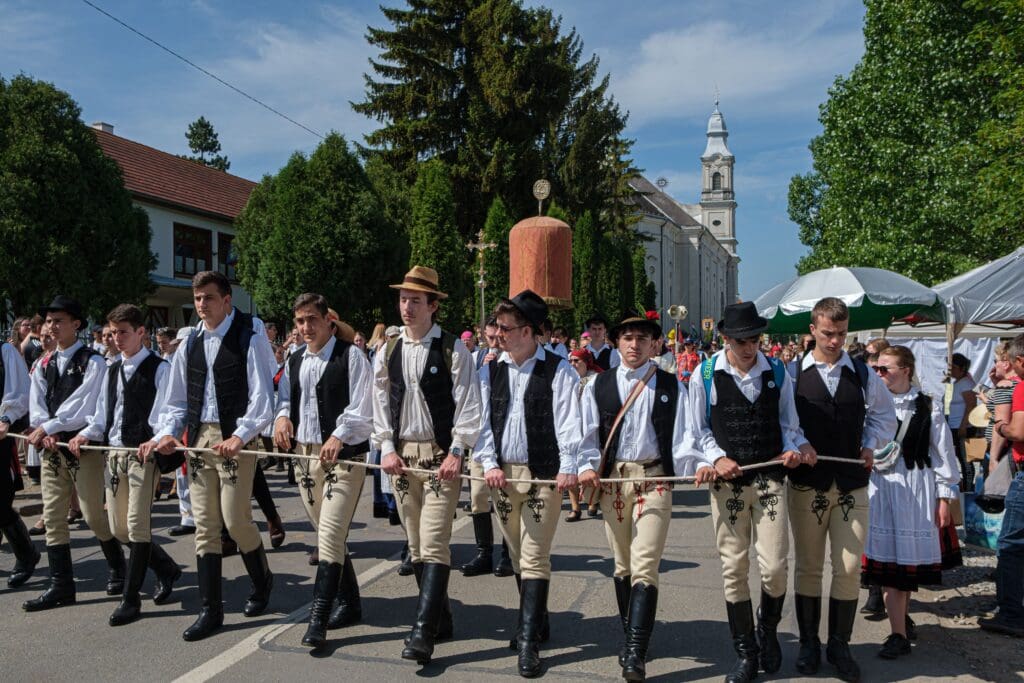
House Decoration and Maypole
One of the most well-known folk customs at Pentecost is green-branching, during which green twigs are attached to houses, barns, and fences. Usually, the goal of the practices was to frighten away evil spirits, but sometimes it was used to indicate that there was a girl of marriage age in the house. In some places, a maypole was also made at this time, and suitors placed a tree beautifully decorated with colourful ribbons in front of the gates of unmarried girls. Hopeful young men also tied smaller gifts to the tree.
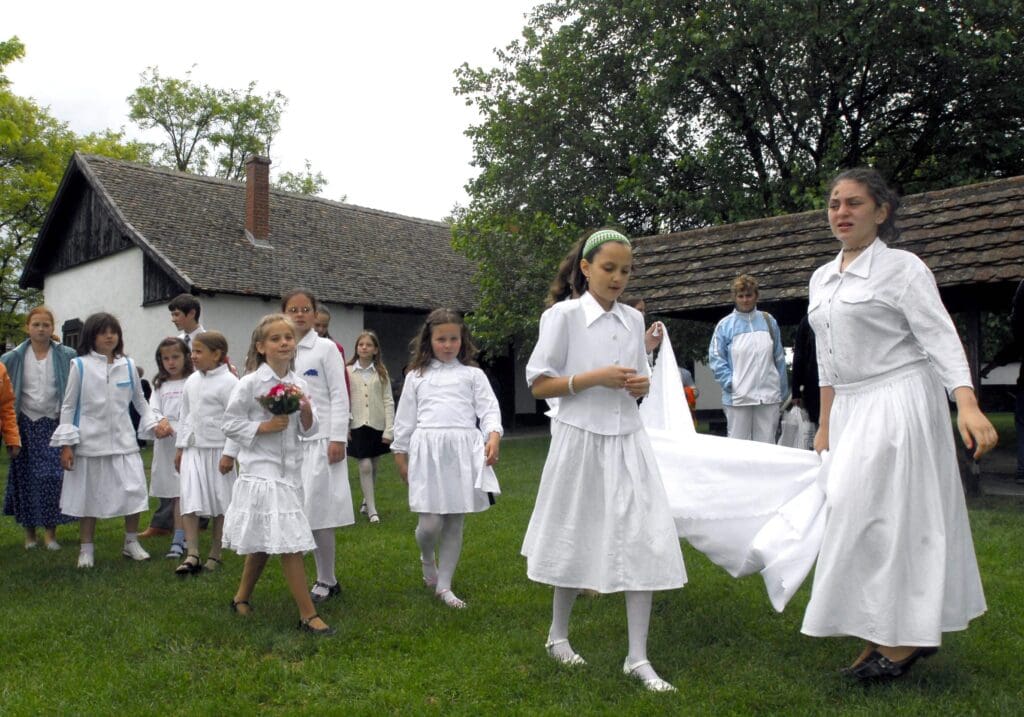
Pentecost Queen’s Walk
One of the most famous customs was the Pentecost Queen’s Walk. The Pentecost celebrators went from house to house to choose the queen. They dressed up as a wedding procession on these occasions —as bride, groom, best man and bridesmaid. In some settlements the groom was also played by a girl, pinning a peony flower behind her ear, while the girl impersonating the bride wore a white dress, with a tiara-like head ornament called párta, and flowers in her hand. Not everywhere was the tradition of roleplaying followed. In some regions girls wore white and the boys went singing from house to house in linen shirts and trousers. It was customary for four girls to lead a younger one who played the role of the Pentecost Queen. The older girls held a red scarf over the head of the younger one, who wore a white dress, wore a wreath on her head, and carried a basket full of flower petals. The small procession also sang at the houses, then the older girls lifted the little girl up and said: ‘May your hemp grow as tall as this!’ In exchange for their good wishes, they usually received bacon, eggs or money, which they distributed among themselves, and the food was eaten together. The girls are also associated with the tradition of ‘shoo-peacocking’, during which they visited the houses on Whit Monday and greeted the residents with a song beginning with the line ‘Shoo, peacock, shoo’ and were rewarded with small change. The streets fell silent after the first bell had rung at dawn, and the Pentecost parties returned home.
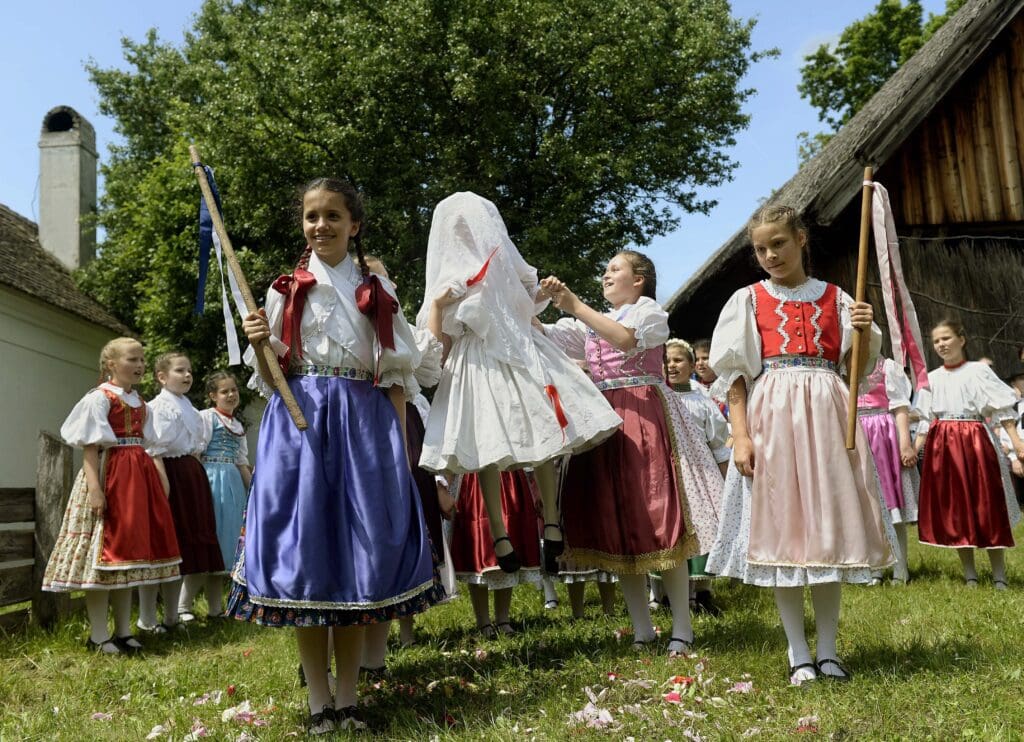
Election of the Pentecost King
The young men typically chose the Pentecost King for the given year through a competition, such as horse racing, playing skittles, or wrestling. The young man who won had his horse covered with flowers and branches. For one year, the king was invited to all parties and weddings, and he could also drink in the pub for free, i.e. the village paid for his drinks. If he committed something, he was not punished with corporal punishment, and his companions even guarded his livestock for him. In the following year, however, he had to hand over his figurative throne to the new winner —the Hungarian phrase ‘kingship of Pentecost’ refers to this short-lived glory. In some places, a ‘sad Pentecost King’ was chosen in the pubs, whose task was to keep making a gloomy face. If he failed the test, he had to treat himself and the others to wine, which he could drink with his companions while walking around the village. In many places, Pentecost also served as the perfect occasion for male initiation rites, during which boys coming of age were beaten, and from then on, they were allowed to drink and court.
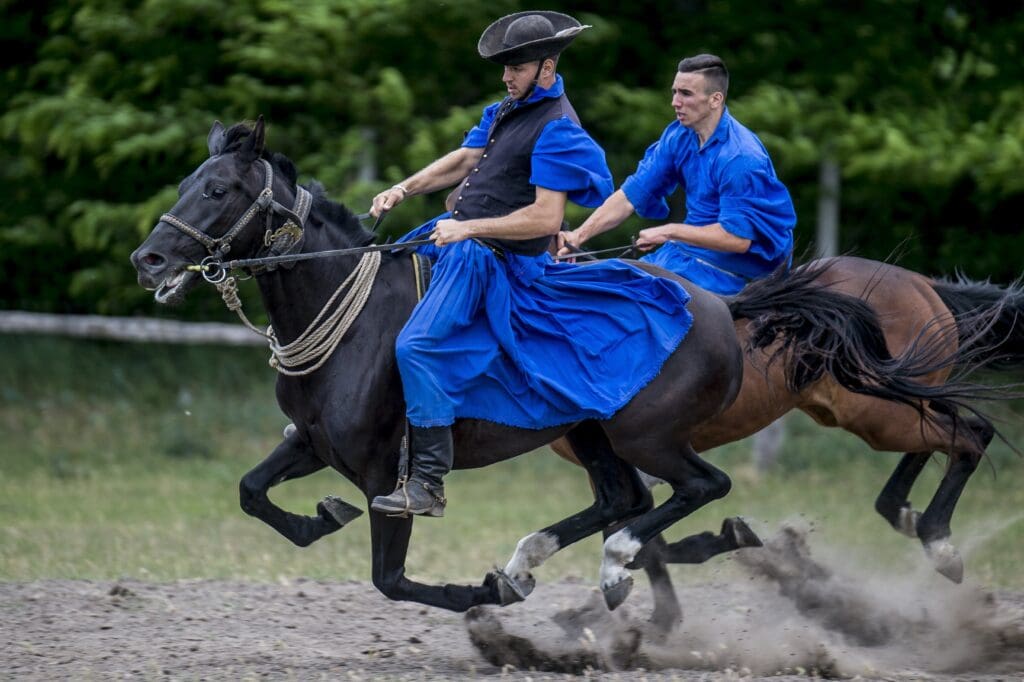
Dance Feasts
Among the folk traditions, the custom of organizing Pentecost balls was very popular. Where the traditions of electing a Pentecost King and the Queen’s Walk were not known, the joyous celebration of Pentecost would culminate in the ball, while where they also elected a King and Queen at Pentecost, the ball complemented those customs.
Read more on Pentecost:

